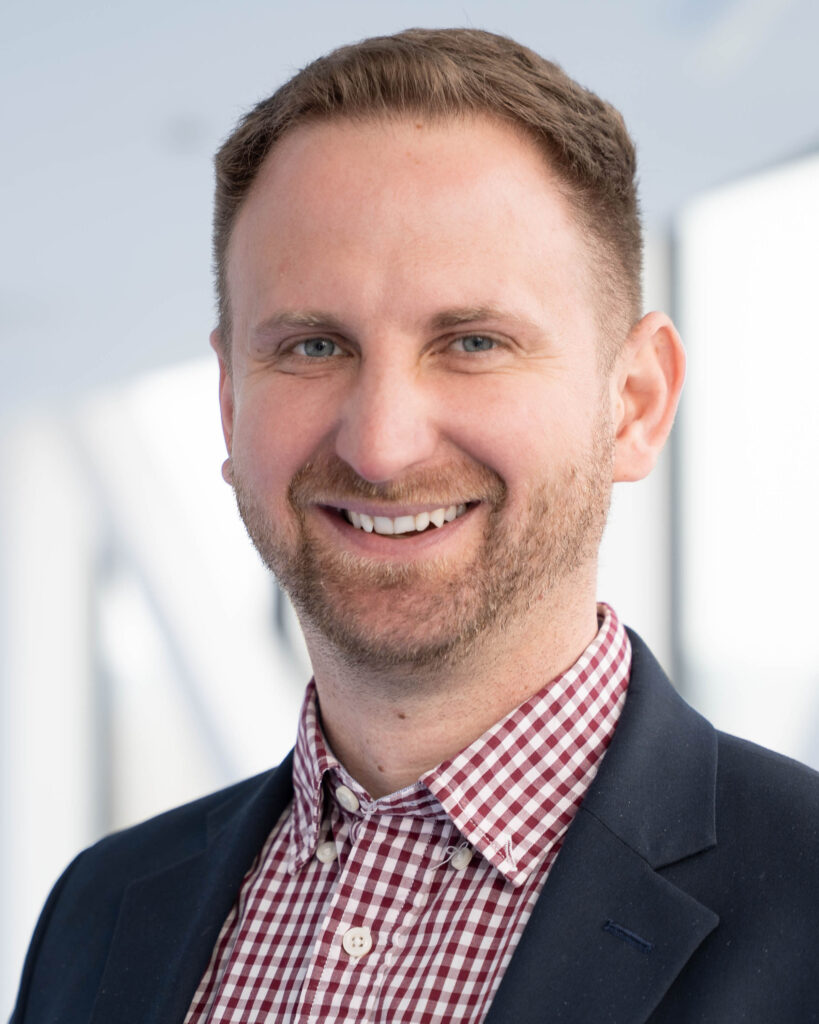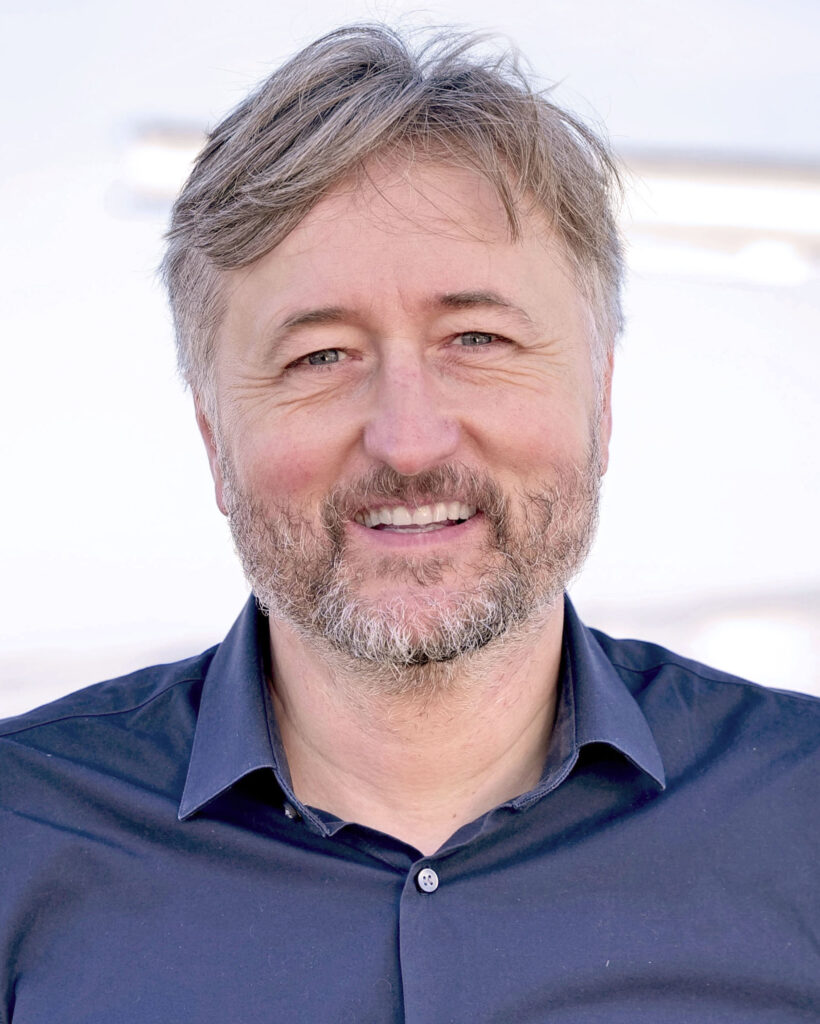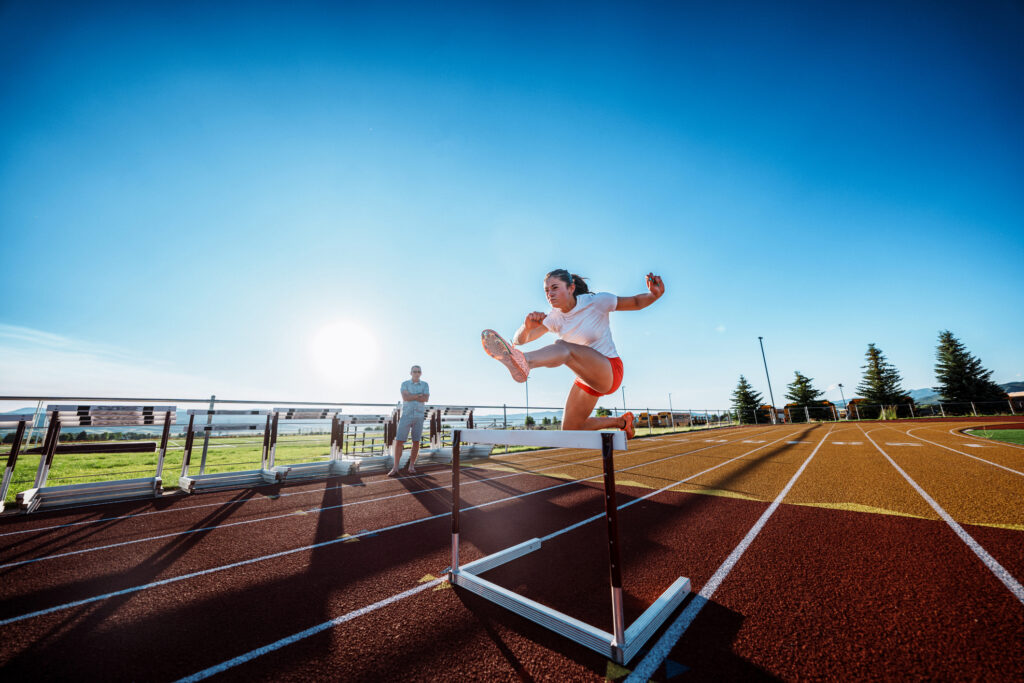
Plantar fasciitis (PF) is a common running-related injury that manifests as intense heel pain, often disrupting the daily activities of those affected. Despite its high prevalence in the running population, the risk factors contributing to PF remain elusive. Previous studies have proposed various risk factors such as age, body mass, lower limb kinematics, ground reaction forces (loading rates) and running distance volume, but the evidence has been inconsistent.
In our comprehensive study, published in the April 2025 issue of Medicine & Science in Sports & Exercise®, we conducted one of the largest known cohort studies focusing on running biomechanics. The study included a one-year prospective follow-up on sport-related injuries (running injuries) with medical diagnosis. Our goal was to determine the incidence of PF and identify potential risk factors in both runners and non-runners. We collected and analyzed data from 1,206 participants (563 females/643 males; 715 runners/491 non-runners) aged 18-65 years. Participants were categorized based on their weekly running distance, and we prospectively followed them over a 12-month period.
We discovered that runners who ran more than 40 km per week had six times higher odds of developing PF compared to those who ran 6-20 km per week. We also found significant association between maximal ankle eversion during the stance period and PF risk, specifically that runners with greater eversion angles had higher odds of developing PF. In addition, we found higher peak abduction in the non-injured control group. We did not find differences between males and females among runners. However, females were at greater risk than males if they were less physically active (non-runners). And only in non-runners did age appear to be a significant risk factor for PF injury.
While previous studies investigating PF have provided valuable insights into this injury, they have mostly involved smaller cohorts and/or lacked comprehensive 3D biomechanical analysis. Our study remedies this through appropriate follow-up time and objective diagnosis of PF injury by medical providers. We also controlled for retrospective injuries, providing a more accurate assessment of risk factors. Importantly, our findings are relevant to the active female population, highlighting the broader applicability of our results. We show the importance of maintaining a moderate weekly running volume to mitigate the risk of PF, but that higher volumes (>40 km per week) significantly increase the likelihood of developing this painful condition. Additionally, our study highlights the critical role of biomechanics, particularly the angle of ankle eversion during the stance phase of running, and suggests that biomechanical adjustments could be a key strategy in preventing this injury. For researchers, coaches and health professionals, these insights are invaluable. They emphasize the need for tailored training programs that not only consider the volume of running but also focus on optimizing running mechanics. For the broader public, especially those who are active or considering increasing their physical activity, our study provides information on how to balance exercise benefits with injury prevention.
About the Authors

Jan Plesek, PhD,is a researcher at the University of Ostrava in the Czech Republic. His work focuses on the biomechanics of running in children and adults as well as musculoskeletal injuries related to physical activity and sports. Dr. Plesek completed his graduate studies in human movement sciences and biomechanics. He has also collaborated with various international institutions on research projects.

Daniel Jandacka, PhD,is a professor in the University of Ostrava’s faculty of education. He established this interdisciplinary cohort study of runners and inactive populations to understand the relationships between air pollution, physical (in)activity and healthy aging in industrial environments. (See the Program 4 – LERCO 4HAIE project.) His research interests include the biomechanics of human movement.



